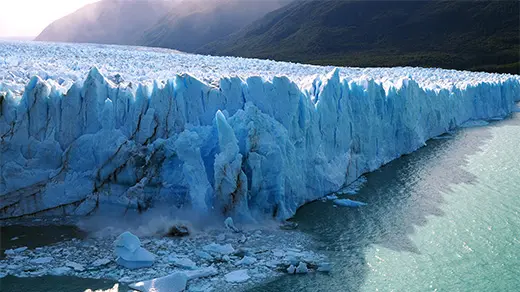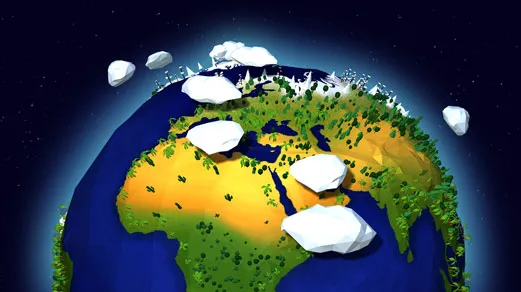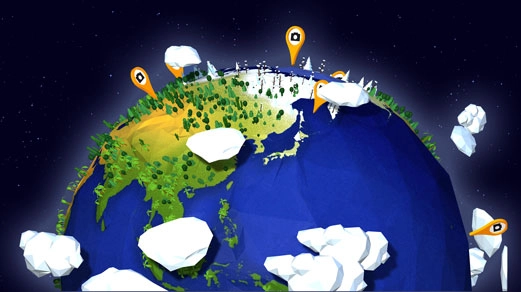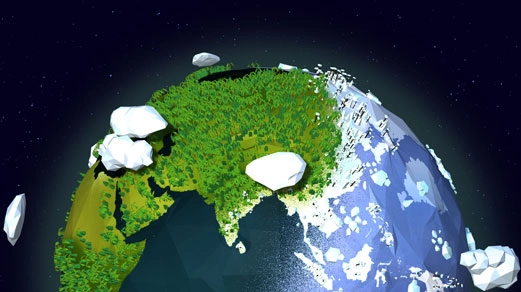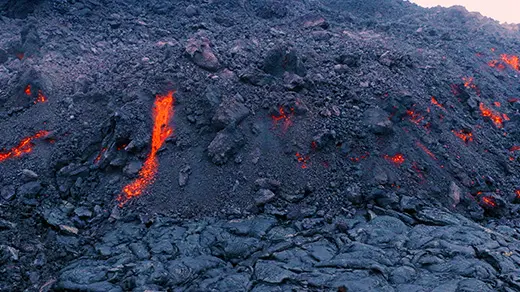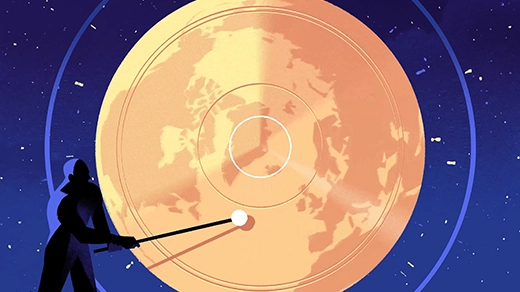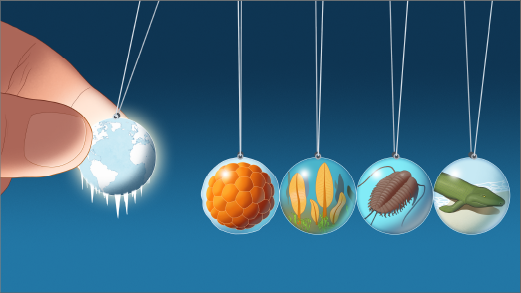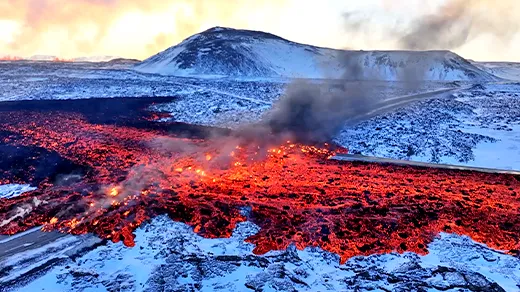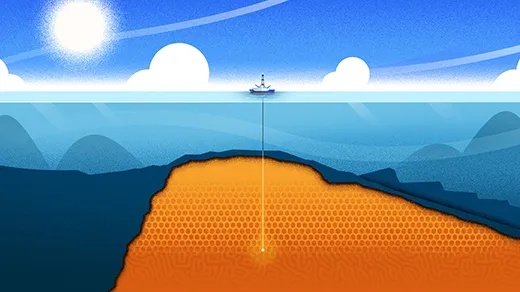What's up in
Geology
Latest Articles
How Soon Will the Seas Rise?
The uniquely vulnerable West Antarctic Ice Sheet holds enough water to raise global sea levels by 5 meters. But when that will happen — and how fast — is anything but settled.
How We Came To Know Earth
Climate science is the most significant scientific collaboration in history. This series from Quanta Magazine guides you through basic climate science — from quantum effects to ancient hothouses, from the math of tipping points to the audacity of climate models.
The Ends of the Earth
Building an accurate model of Earth’s climate requires a lot of data. Photography reveals the extreme efforts scientists have undertaken to measure gases, glaciers, clouds and more.
A Biography of Earth Across the Age of Animals
New reconstructions of 540 million years of climate history show the planet tumbling between icehouse and hothouse states, revealing how rare and vulnerable our temperate moment is.
Earth’s Core Appears To Be Leaking Up and Out of Earth’s Surface
Strong new evidence suggests that primordial material from the planet’s center is somehow making its way out. Continent-size entities anchored to the core-mantle boundary might be involved.
The Search for What Shook the Earth for Nine Days Straight
Last year, an immense but brief outburst of seismic energy was soon followed by a long hum that made the world ring. Finding its cause took 68 scientists and an assist by the Danish military.
The Physics of Cold Water May Have Jump-Started Complex Life
When seawater gets cold, it gets viscous. This fact could explain how single-celled ocean creatures became multicellular when the planet was frozen during “Snowball Earth,” according to experiments.
Inside Scientists’ Life-Saving Prediction of the Iceland Eruption
The Reykjanes Peninsula has entered a new volcanic era. Innovative efforts to map and monitor the subterranean magma are saving lives.
Deep Beneath Earth’s Surface, Clues to Life’s Origins
Last spring, scientists retrieved a trove of mantle rocks from underneath the Atlantic seafloor — a bounty that could help write the first chapter of life's story on Earth.
